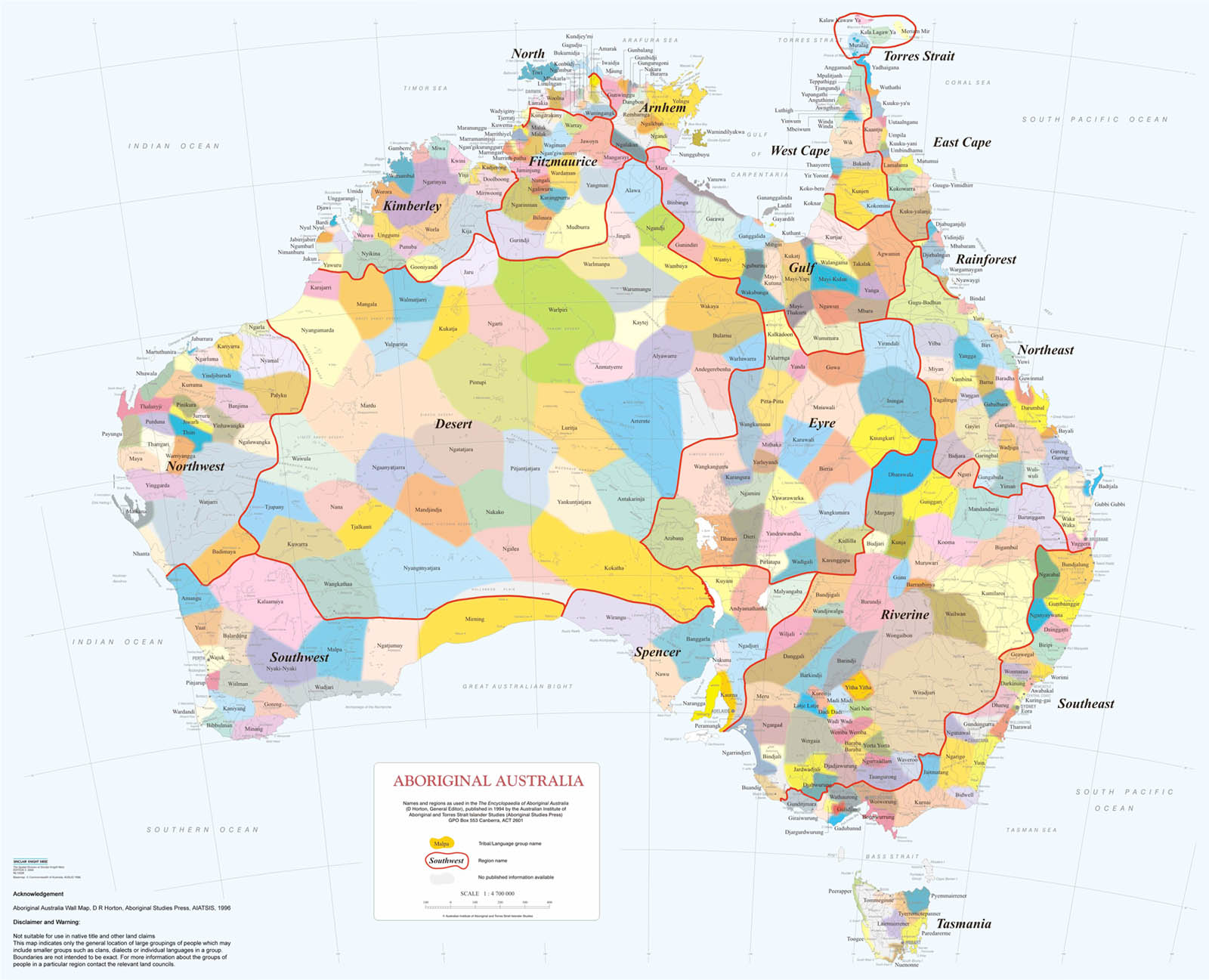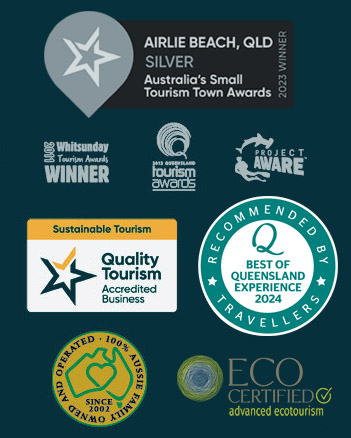The Dreaming as the basis of all aspects of life in traditional Aboriginal societies
The following section on The Dreaming focuses on Aboriginal philosophy and culture specifically. Torres Strait Islander philosophies and other aspects of Torres Strait Islander culture and history will be discussed further in Component 9 of this course.
The Dreaming varies from group to group, and is a complex network of knowledge, faith and practices that derive from stories of creation, and which dominate all spiritual and physical aspects of Aboriginal life. The Dreaming is often used to describe the time when the earth, humans and animals were created.
During the Dreaming, ancestral spirits came to earth and created the landforms, animals and plants. These creation stories tell how the ancestral spirits moved through the land creating rivers, lakes and mountains, the stories tell us how people came to Australia and the links between the groups throughout Australia, how people learnt languages and dance, and how they came to know about fire. During the Dreaming or Creation period the Lore was given which has been handed down for generations through stories, music and dance.
The diagram illustrates the relationship between the Ancestor Beings and all other aspects of the physical spiritual and social spheres of existence.
A circular chart depicting aspects of The Dreaming such as land, art, language, mythology, people, relationships, technology, animals, plants, totemic sites, spirit beings,celestial bodies and sacred objects.

There are no English words to appropriately describe Aboriginal spirituality. The term ‘Dreaming’ has been associated with Aboriginal spirituality but does not adequately reflect its complexity or the fact that the ‘Dreaming’ permeates every aspect of Aboriginal cultures and societies.
For Aboriginal and Torres Strait Islander peoples, the concept of ‘spirituality’ refers to a more holistic view of life – in particular an individual’s link with the land, sea and air. Consequently, this relationship confirms one’s identity and place as an Australian Indigenous person.
Aboriginal lore/law however holds that the Aboriginal people came from the land, that it is their mother. Some coastal groups have oral traditions that indicate their ancestors arrived to the area by sea in the time of Creation.
At the time of Creation during the Dreaming, spirit ancestors took a variety of forms and identities and moved across the earth, at times re-entering the earth or the water or moving into the sky. Some ancestor beings appeared in human form, others identified as being both human and animal or human and bird while others were understood as being both human and plant. In Creation stories the ancestor beings are often referred to as terms like, “kangaroo-man, shark-man, native fig-man, bowerbird -woman, crow-woman or snake-man”. This does not mean they were half human half animal etc. this means that they were equally in essence human and animal or plant.
When the ancestor beings emerged and travelled they performed the same activities experienced in traditional Aboriginal life or by the species they represent. They gathered food; ate, made weapons, fought, married, sang and performed ceremonies, and cheated and tricked others. At times, they appeared to act as humans and at other times they appeared to act as the animals or plants they embodied.
As they travelled and engaged in various activities they formed the earth, the rocks, the waterholes and the other phenomena of the environment so that the world as now known was shaped by their actions. Their activities provide the model for how life is to be lived.
In Aboriginal and Torres Strait Islander society people do not own the land, but rather it is part of them, and part of their duty is to respect and take care of it. Aboriginal and Torres Strait Islander people refer to their land as the ‘Country’.
Credit: Centre for Cultural Competence Australia https://ccca.com.au/p>





